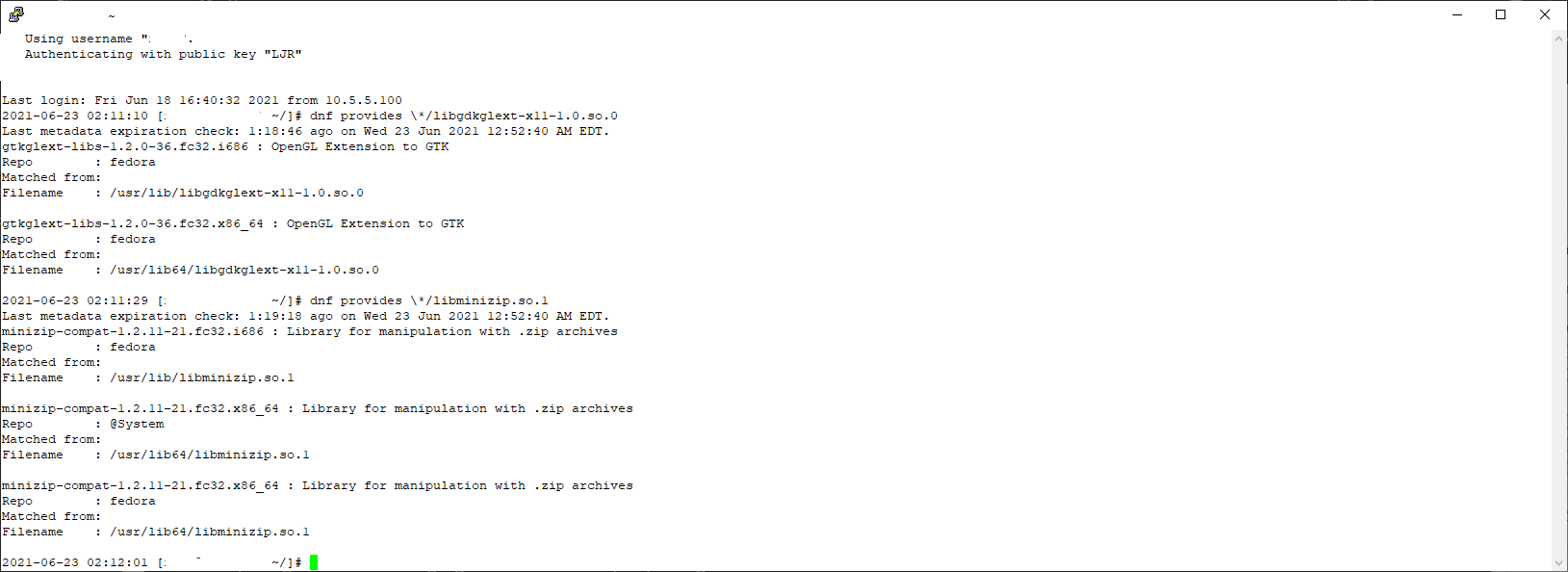I used to work at a company where everything was called an Exchange problem — not that Exchange 2000 didn’t have it’s share of problems (store.exe silent exit failures? Yes, that’s absolutely an Exchange problem) … but the majority of the time, the site had lost their connectivity back to the corporate data center. Or, when I’d see the network guys sprinting down the hallway as the first calls started to come in … the corporate data center had some sort of meltdown.
I’m reminded of this as I see people calling the Facebook outage a “DNS problem”. Facebook’s networks dropped out of BGP routing. That means there’s no route to their DNS server, so you get a resolution failure. It doesn’t mean there’s a DNS problem. Any more than it means there’s an IP or power problem — I’m sure it’s all working as designed and either someone screwed up a config change or someone didn’t screw up and was trying to drop them off the Internet.
Saw much the same thing back when Egypt dropped off of the Internet back in 2011 — their routes were withdrawn from the routing tables. That’s an initiated process — maybe accidental, but it’s not the same as a bunch of devices losing power or a huge fiber cut.
And, when there’s no route you can use to get there … if DNS, web servers, databases, etc are working or not becomes moot.


